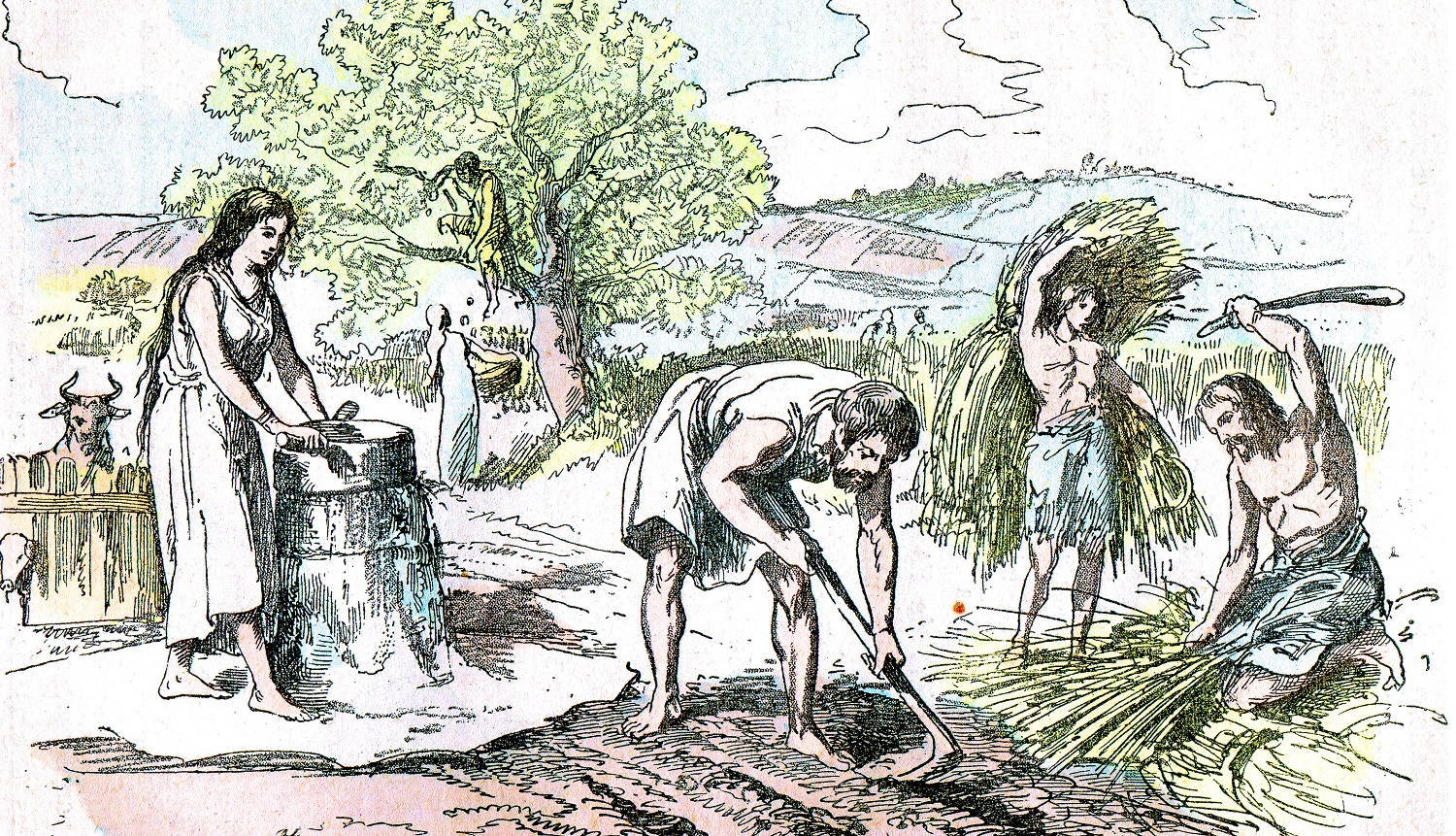Layers of ancient soil may harbour a wealth of genes that could make crops more resilient to climate change and disease. The trick is to extract that information. A European consortium that includes Wageningen has 78 million euros in funding for a serious attempt. A crucial bit of figuring out will be done in Wageningen, in the Bio-informatics chair group led by Professor Marnix Medema.
What this project (Aegis: Ancient Environmental Genomics Initiative for Sustainability) is doing could be described as a kind of archaeology. ‘That’s what makes it exciting,’ says Medema. ‘The idea is that we shall search ancient soils for DNA from thousands and even tens of thousands of years ago. How did plants and micro-organisms co-exist back then? How did they evolve together? Can we find genes that protected those plants against pathogens then?’
Reconstruct genes
Currently, crop breeders often look for useful genes in wild relatives of their plants. Modern techniques make it possible to reconstruct genes from old DNA and clarify their function. ‘These are the same kinds of techniques that were used to reconstruct the DNA of the Neanderthals,’ explains Medema. ‘You can do the same with agricultural crops and micro-organisms.’
We will deduce from the DNA what the plant looked like then, and which microbes it lived alongside
Marnix Medema, professor Bioinformatics
The comparison with archaeology is not far off the mark. Medema: ‘We are working with archaeologists who know where agriculture first developed and therefore where you can find plant remains. We will deduce from the DNA what the plant looked like then, and which microbes it lived alongside. Plants are engaged in a constant arms race with pathogens. Which genes played a role in that?’
Arms race
Within Aegis, Medema’s group is doing most of the ‘computational analysis’ – in other words, the sums. ‘We will predict the likely function of the genes that are found. Which proteins they coded for, and what role they played in the arms race between plants and pathogens. Other members of the consortium are studying how climate change caused genes to change.’
Databases play a dominant role in that identification. Medema: ‘The first step is to see whether the DNA resembles anything already in the database. Which family of proteins does the product of a gene belong to? Which function in the cell is it involved in? Then you can used machine-learning models to estimate exactly what the protein does. In theory you should be able to introduce those genes into plants of today.’
Medema will be appointing two post-docs and a research assistant for Aegis. The project is financed by the Danish Novo Nordisk Foundation and the British Wellcome Trust.

 Illustration Shutterstock
Illustration Shutterstock 
